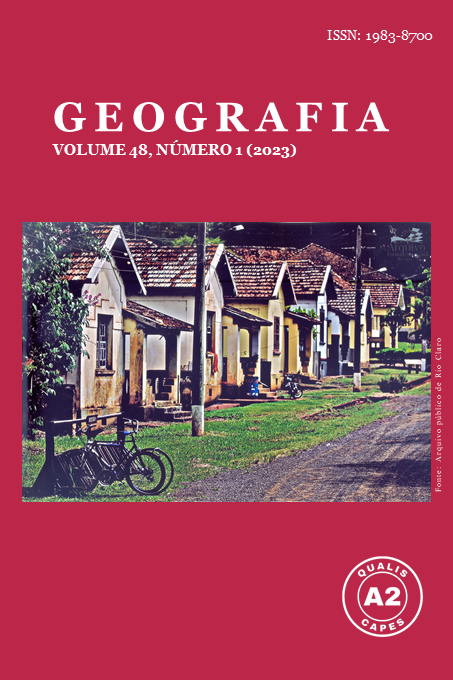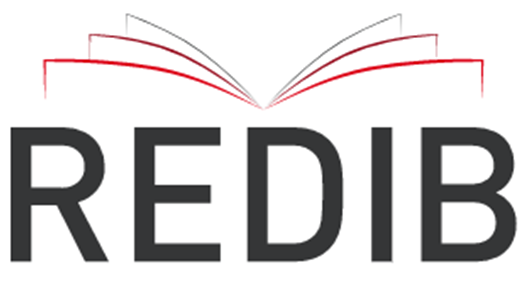IDENTIFICAÇÃO DE VETORES MODIFICADORES DA PAISAGEM NO LITORAL NORTE DE SÃO PAULO DURANTE OS SÉCULOS XX E XXI.
DOI:
https://doi.org/10.5016/geografia.v48i1.17376Abstract
The comprehension of land use history is paramount for understanding the acting processes on present landscapes. There are several different driving forces acting together over these landscapes, resulting in a cumulative effect over time. The history of land use change has been compiled and discussed to identify and understand the driving forces of change and processes during XX and XXI centuries in the coastal region of Northern São Paulo State. National economic policies are suggested as the main drivers of the multifunctional landscapes transformation considering both past and present periods. Brazilian environmental legislation was also historically described and discussed. The constructions of highways and other large enterprises have also resulted in an intense population and urban growth, leading to loss of native forest and rural areas, and decreasing of basic services. Traditional and rural villages were also suggested as a cultural and socioeconomic driver of landscape multifunctionality and heterogeneity improvement. The deforestation reduction observed during the XXI century could be a consequence of the evolution of environmental laws, which are also suggested as a driver of conflicts between economic, social, and environmental interest.
Downloads
Published
Issue
Section
License
Copyright (c) 2023 GEOGRAFIA

This work is licensed under a Creative Commons Attribution 4.0 International License.
The authors maintain the copyright and grant GEOGRAFIA the right of first publication, with the articles simultaneously licensed under the Creative Commons BY 4.0 License, which allows sharing and adapting the articles for any purpose, as long as appropriate credits and provisions of image rights, privacy or moral rights. Other legal attributions can be accessed at: https://creativecommons.org/licenses/by/4.0/legalcode.en.
Geography, Rio Claro, SP, Brazil - eISSN 1983-8700 is licensed under the Creative Commons BY 4.0 License.





